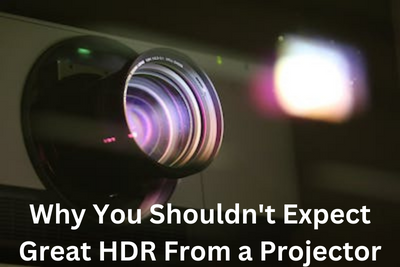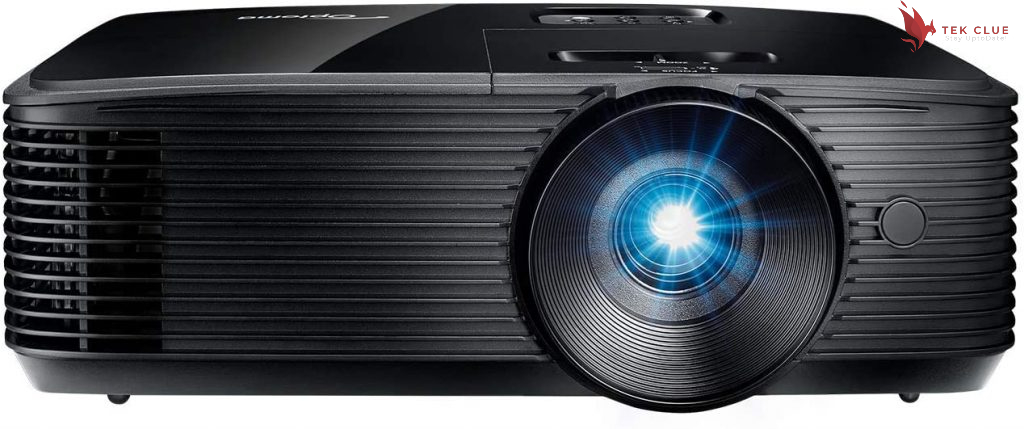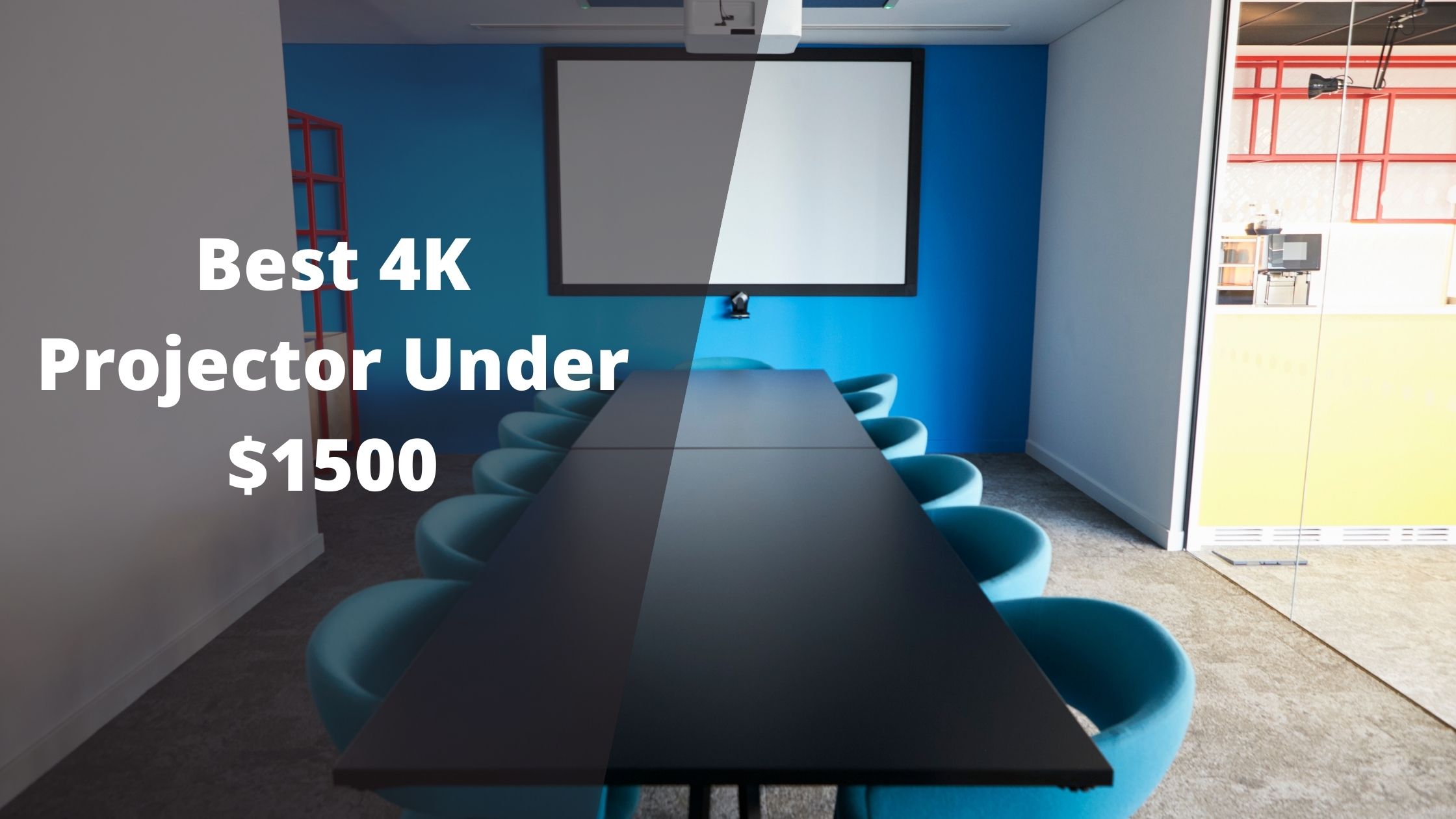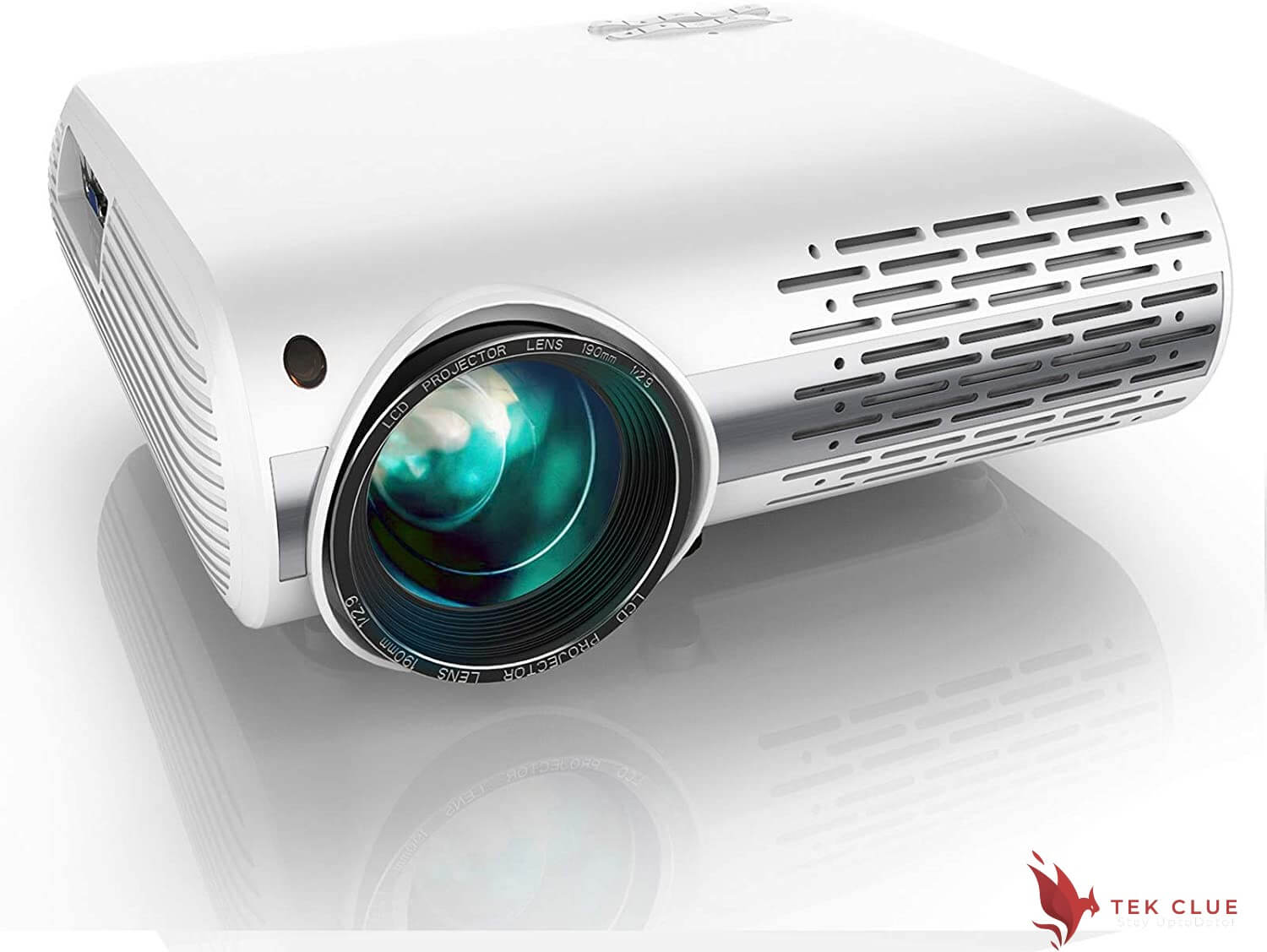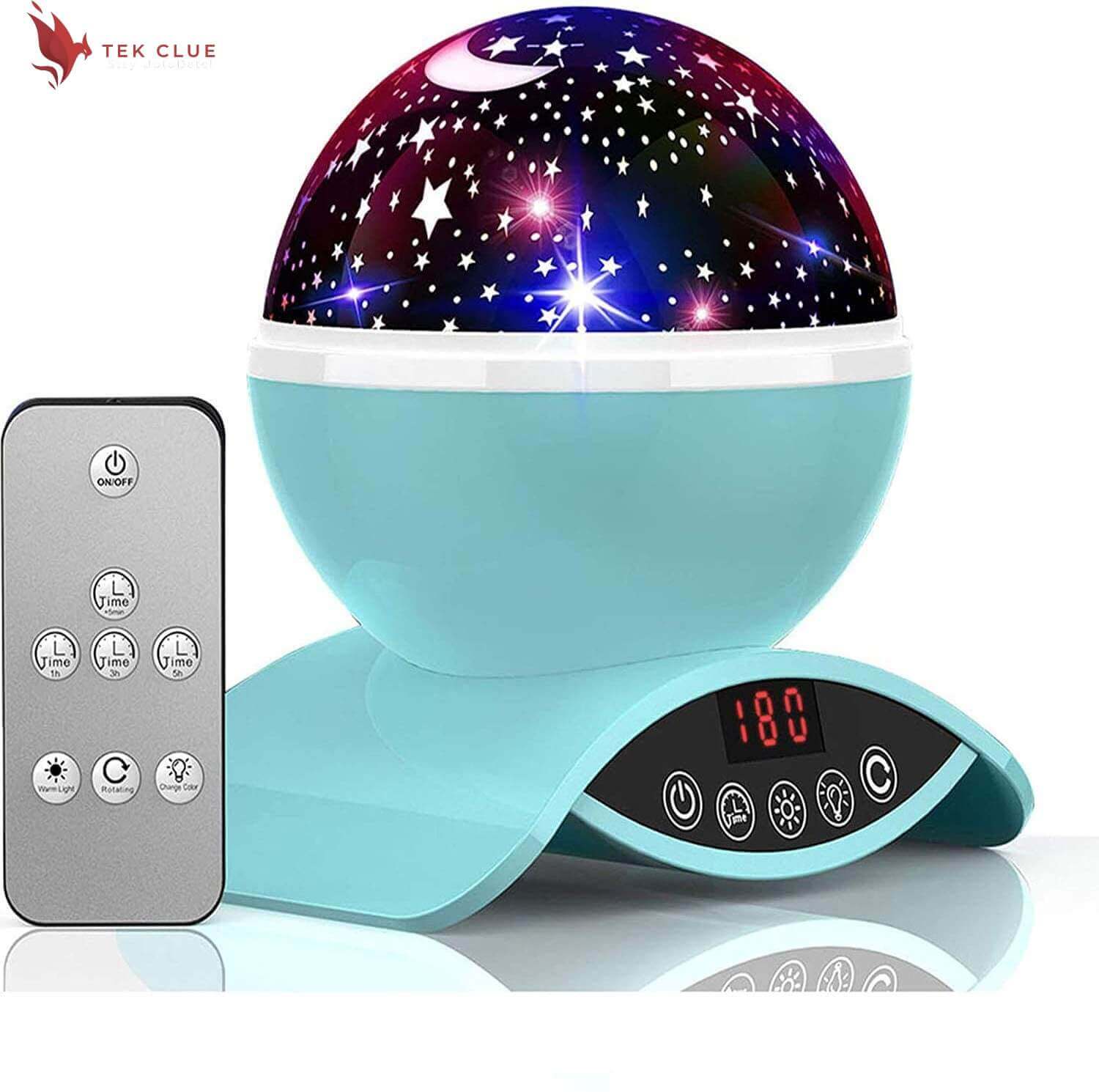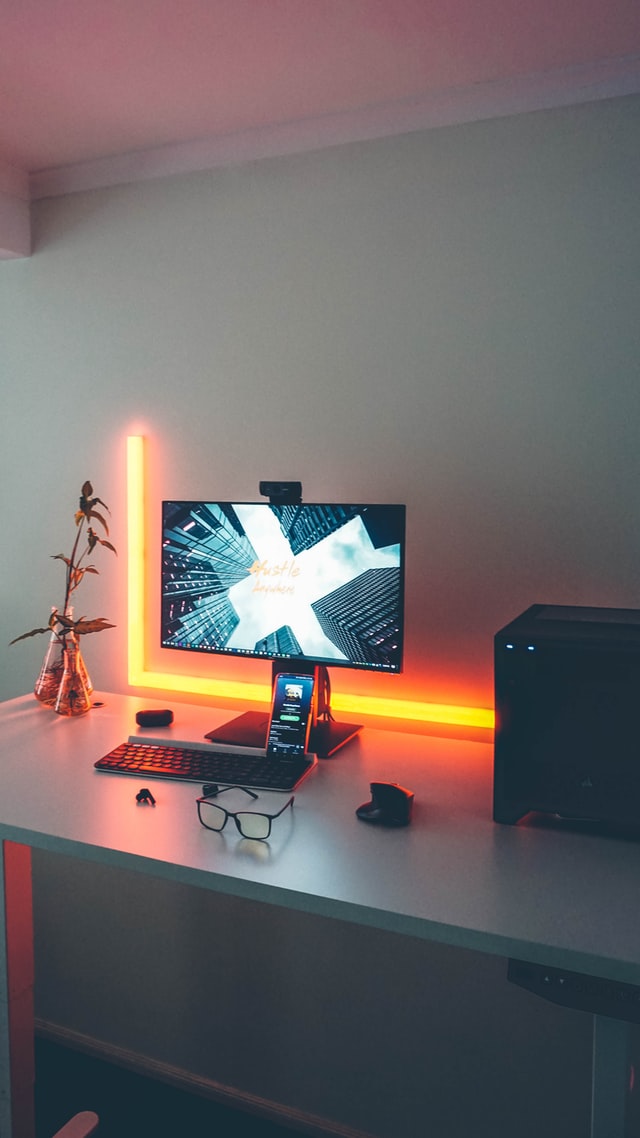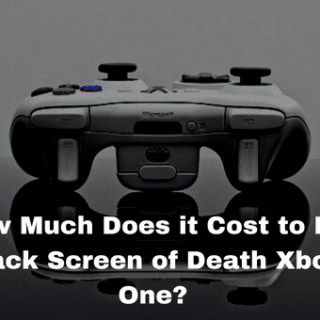Although new 4k projectors claim HDR compatibility- a few drawbacks suggest you should not expect extraordinary results concerning HDR from a projector. The following factors need consideration to answer the titled question: why?
- inflexible brightness
- restricted color reproduction
- the impossibility of local dimming
- lower contrast ratios
A wide color gamut
- HDR permits a wide color gamut; this is a resolvable problem, but it is still an issue.
- When you expand how deep you can make colors, the amount of light you can deliver drops.
- In the projector business, light output is everything.
- A wide color gamut implies much deeper colors, which means a dimmer projector.
Light sources for projectors
Ultimately, we will notice new light sources for projectors; these techs are either dim, expensive, or inaccurate.
Also check Out: Best Projector Around $500
Laser light sources
The projector market moves way more gradually than the TV market, so it might be a while before we see $1,000 projectors with laser light sources.
Mapping
What is mapping?
Matching the source material to the display’s capacities, a process called mapping is more mystical than color and dynamic range. But it could be the most critical aspect of HDR on any display.
Difference between HDR video and standard video
HDR video works a bit differently than standard video. HDR video tells a display to create a level of brightness. Traditional video does not do this. It directs your TV to produce 80 percent of your maximum brightness. With HDR, it forms 1,000 nits.
Why do most displays map the video?
The trouble is that most displays can not produce all the brightness needed by the most-demanding HDR content. So they map the video to what they can deliver. The TV or projector is assuming what works. So the image could be too dark, or the bright highlights, like details in clouds, for instance, will be blown-out blobs.
Also check Out: Best Projector Around 1000
Conclusion
Since no projector is qualified for the brightness potential of even a midrange TV, this tone mapping becomes even more critical. If it is done right, you probably won’t detect anything happening. If done wrong, you could lose highlights, color saturation, etc. Put another way- the projector could look worse showing HDR content than regular content. I hope the info shared answers your question about why you shouldn’t expect great HDR from a projector.
Related Article:
How Do Computer Projectors Work?

